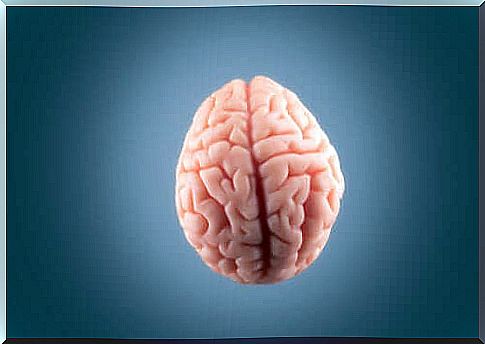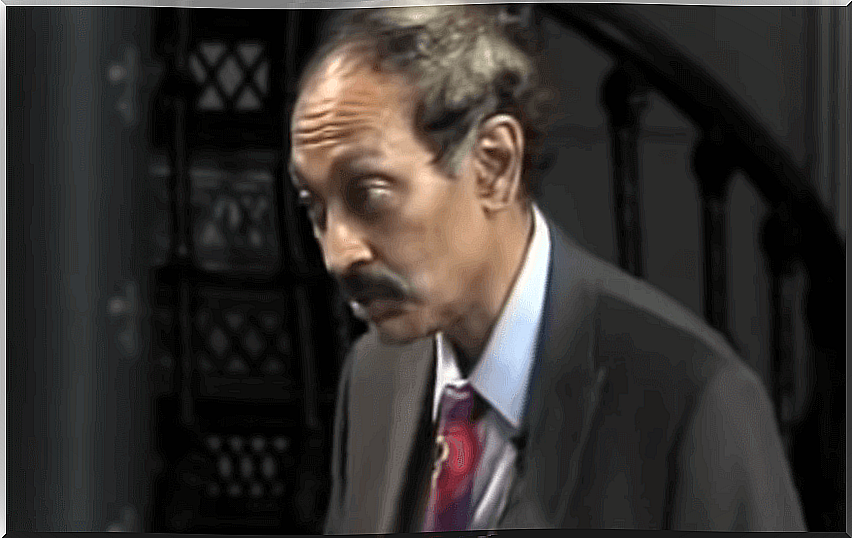VS Ramachandran: A Genius Of Neuroscience

Today, we’re going to take a small foray into the life and work of VS Ramachandran, a big name in the field of neuroscience.
He became famous for his knowledge and dissemination in the fields of behavioral neurology and visual psychophysics. Author of several books, he has done some of the most important research in neuroscience in recent years.
VS Ramachandran is Professor of Psychology and Neuroscience at the University of California, San Diego, USA.
His academic publications and books have made him one of the main disseminators of neuroscience today, obtaining for this an important professional recognition worldwide. Thus, he is one of the 100 most influential people on the “Time 100” list.
His main contributions revolve around neurons – mirror, “phantom limbs”, synesthesia, broken mirror theory of autism, sleep paralysis and various contributions to the understanding of human consciousness.

Brief biography of Ramachandran, a great name in neuroscience
Ramachandran’s childhood and education
Vilayanur M. Ramachandran was born in 1951 in Tamil Nadu, India. As the son of a United Nations engineer who worked as a diplomat in Bangkok, little Ramachandran’s education took place in British schools in Madras and Bangkok.
After graduating in Medicine from the University of Madras in Chennai, India, he completed his Ph.D. at Cambridge University in experimental neuroscience . He spent the next few years at Caltech as a researcher, work he developed together with Jack Pettigrew.
In 1983 he was appointed assistant professor of psychology at the University of California, where he remains a full professor to this day.
Ramachandran’s scientific career in neuroscience
His early research revolved around human visual perception. In the early 1990s, Ramachandran focused on neurological syndromes such as bodily integrity disorder, phantom extremities, and Capgras delusion.
His findings gave rise to many new ideas about how the human brain works, despite having made relatively little use of complex technologies such as neuroimaging during his research.
He is the director of a research group made up of students and researchers at the University of California, which is known as the Center for the Brain and Cognition, CBC. This group has published scholarly articles on a number of emerging theories in neuroscience.
VS Ramachandran and the phantom limbs
Phantom limb or phantom limb is known as the effect on patients who have lost a limb, such as an arm or a leg, but still feel the missing limb .
Ramachandran theorized about this phenomenon and concluded that there is a link between the phenomenon of phantom extremities and neuronal plasticity in the brain of adult human beings.
His research showed that, in the absence of any extremity, the human brain caused considerable changes in the somatosensory cortex.
His conclusions led him to argue that there was a relationship between cortical reorganization and the feeling of continuing to feel the extremity despite not having it anymore.
the mirror box
VS Ramachandran is credited with inventing the mirror box and the visual feedback of mirrors. Known as mirror therapy, it is used as a treatment for phantom limb paralysis.
In many cases, restoring movement to a phantom extremity through the mirror box also reduces the pain felt in the absent extremity.
A study carried out in 2014 found that this therapy can exert a strong influence on the motor network, through greater cognitive penetration in controlling actions.
Other parallel research concluded that there is still not enough evidence to prove the results of mirror box therapy.

Synesthesia: cross neuronal cabling
Synesthesia is a phenomenon that causes some people to feel color when listening to music. It is also common among synesthetics to associate numbers with colors or textures with emotions.
That is, in kinesthetic people, a single stimulus activates two or more perceptual systems.
VS Ramachandran has conducted extensive research on this phenomenon and was one of the first to theorize that synesthesia is caused by cross-cortical neurological activation. Along with his team, Ramachandran also developed several tests to detect this phenomenon.
VS Ramachandran’s Debate on Mirror Neurons
It was Giacomo Rizzolatti, at the University of Parma, who spoke for the first time about the existence of mirror neurons in an article published in 1922 at the same university.
VS Ramachandran has focused much of his work on the role of mirror neurons and their relationship to various human mental capacities, such as empathy, learning and language evolution.
On this subject, VS Ramachandran predicted that mirror neurons would create a unifying framework that would help explain some mental abilities whose mental processes are not yet fully understood.
He compared the importance of the discovery of mirror neurons for psychology to the importance of the discovery of DNA for biology.








